Somewhere around 5500 BC, a star exploded. It was 6500 light-years away from Earth, in our galaxy in the same neighborhood as Sun. News of this explosion reached Earth at the speed of light on 4 July 1054 AD. And out of nowhere, a star appeared in the sky, bright enough to be seen in daylight.
The Observations
It was bright as the moon. As recorded by the Chinese, this guest star was reddish white. Remained visible during the day for about a month and was visible at night for almost two years. Records cataloged by native Americans were also found depicting a crescent moon beside a new bright star. This supernova appeared on 5 July 1054 (and the moon was just 2 degrees away from crab nebula), verified by modern calculations.
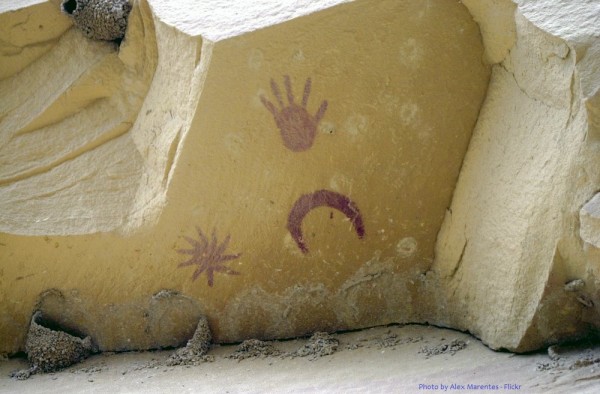
Japanese, Korean, Chinese, and Arab records were also found. Japanese records were off by a month as compared to Chinese. And there is also some error in Chinese records in the position of the supernova. But these were very well documented, unlike the European records which don’t have that astronomical details about location, appearance, and time.
Possible Indian records
Are there any Indian records? To date, we haven’t found any. But, we can certainly throw some light on where can we find the possible records of SN 1054. There are two approaches – finding records in the thesis written by Indian astronomers of 11th century AD and finding clues in culture, myths, religion, and ancient architecture.
In written records
There were many renowned astronomers during that period. One famous name is Sripati – 1045 AD. And we can expect that many of them must have observed this supernova in detail and cataloged its appearance. Although non of the discovered works from the 11th century AD reveal anything about this event. Maybe we will find something soon. Siddhāntaśekhara (The Crest of Established Doctrines) was written by Sripati during that period, maybe that’s where we should look.
In the culture
In many cultures we see a representation of heavenly bodies and asterisms, the same goes for India – in south Indian temples you can see these representations like in a sun temple 12 pillars represent the 12 rashis (constellations) of Indian astrology. Similarly, we can expect to see something like this regarding the SN 1054AD sighting.
There was a research paper published in the Indian Journal of History of Science. It proposed a theory, which goes like this –
The Nataraj theory
We know Nataraj was inspired by the Orion constellation and was just taking its present form during the 11th century AD. You can see the difference between the two statues from two different eras.
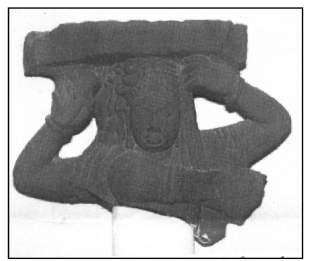
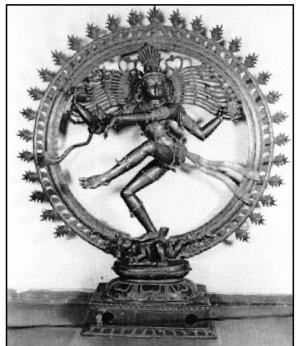
So if we superimpose the image of Nataraj onto the Orion – then the crab nebula fits perfectly over the fire on the left hand of Nataraj. It seems a good fit. Observation of the Crab Supernova – during 1054 AD might have added an additional element to the shape of the Nataraj evolving during this period.
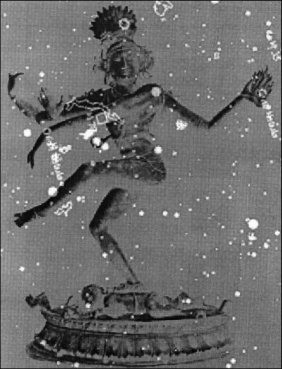
Let me remind you, this theory is pure speculation, mentioned by the authors. However, to me, it didn’t felt too obvious. Orion’s head is towards the Meissa, so turning the constellation by 90 degrees to form Nataraj is quite not right. The above theory appears like it is hard-formed.
Here I am presenting a different theory
Remember Shiva’s image? The Ganges falling from heaven and going through his hair-locks and a crescent moon on his forehead. Well, we know that the crescent moon was just 2 degrees away from the star when the explosion happened. And Orion is on the edge of the milky-way, its head almost touched by the milky-way band. Milky-way is called – Aakash Ganga (the Ganges of heaven). The Milky way band comes from the north and goes towards the south. If we add up all and observe the Orion, then, one can see that – milky way represents the Ganges coming from heaven and going through Shiva’s head. And particularly In 1054AD, there was a day when the crab nebula was bright enough and the Crescent moon was just 2 degrees away from it, sitting perfectly on the forehead of Shiva.
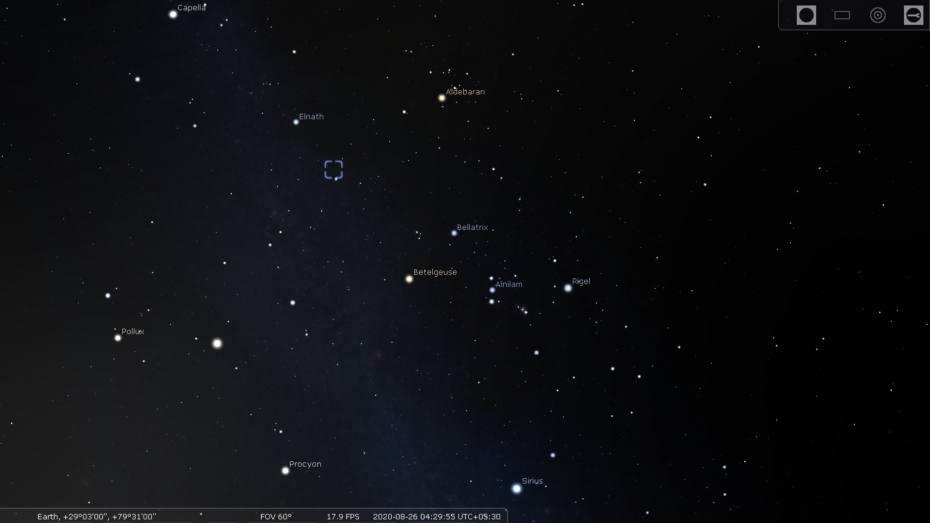
Now if we pay attention to the crab nebula it is just below the moon (below the forehead of Shiva). And as described by Chinese astronomers – reddish-white, perfectly resembles the Third eye of Shiva. There is quite a possibility that Indians “created” the third eye of Shiva after witnessing the supernova.
Again, this theory is also based on pure speculation. It has one major flaw – Shiva’s name “trinetra” (one with three eyes) is almost a thousand years older than this event. Mentioned in Mahabharata, which was written well before 1054 AD.
Somewhere in India, detailed records of this stellar explosion are buried – waiting to be known. Till then we have to just keep looking.
~AK
An update!
Recently I have come across another paper published in the Indian Journal of History of Science.
The paper lists the seven brightest supernovae that might have been observed in India, in the last two millennia. And of course, SN 1054 (Crab Nebula) is also mentioned in that list. The paper also gives details about what was happening in India when those supernovae exploded. Which kingdoms were there and who were the well-known astronomers active at that time.
For SN 1054, the Authors mention something interesting. In Indian astronomy, Zeta Tauri is given the name Agni (The god of Fire). They speculate that the SN 1054 was named Agni, because of its reddish-white color. And after the supernova faded away, the name got stuck with Zeta Tauri being closest to the Crab Nebula. However, this speculation needs to be cross-checked by searching for a possible reference to the star Tauri being designated as Agni before 1054AD.
References : https://www.researchgate.net/publication/309905788_Possible_Indian_Records_of_Supernova_1054AD

